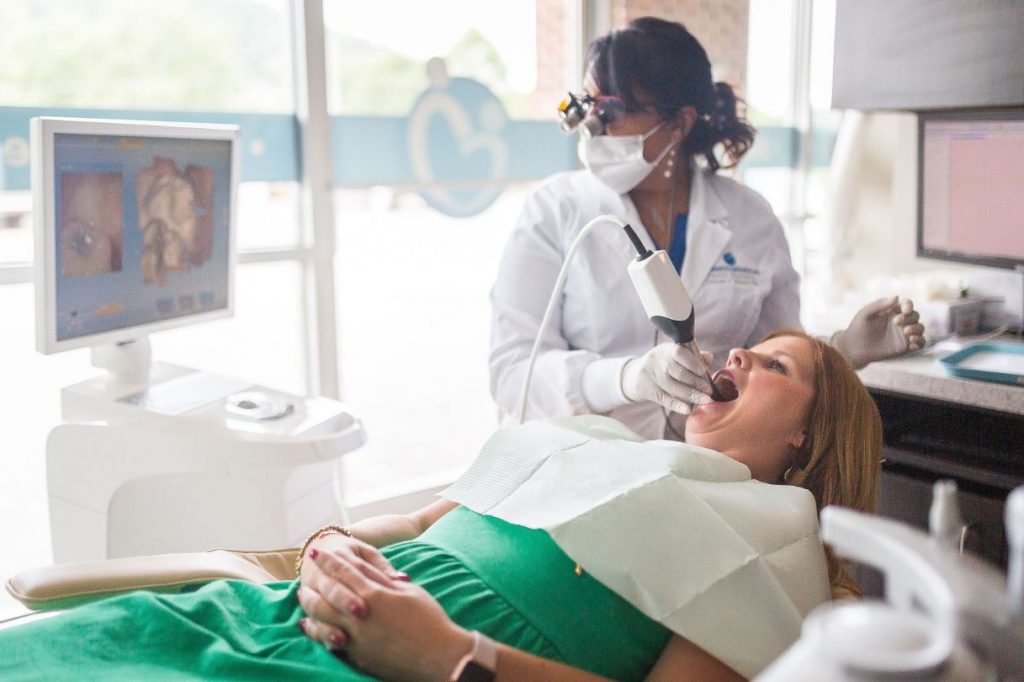Dental implants are a popular and effective solution for replacing missing teeth. They provide a stable and secure foundation for artificial teeth, ensuring that your dentures, bridges, or crowns stay in place without slipping or shifting. At Cincinnati Area Dentist, we offer two types of dental implants that The American Dental Association considers safe: subperiosteal and endosteal. Now let’s dive into today’s blog: subperiosteal vs. endosteal implants: which is right for you?
Endosteal Implants
Endosteal implants are the most common type of dental implant. These implants are surgically implanted directly into the jawbone. Once the surrounding gum tissue has healed, a second surgery is needed to connect a post to the original implant. Finally, an artificial tooth (or teeth) is attached to the post, either individually or grouped on a bridge or denture.
jawbone. Once the surrounding gum tissue has healed, a second surgery is needed to connect a post to the original implant. Finally, an artificial tooth (or teeth) is attached to the post, either individually or grouped on a bridge or denture.
Advantages:
- Direct integration with the jawbone provides a stable foundation.
- Suitable for most patients with healthy jawbone structure.
- Long-lasting and durable with proper care.
Subperiosteal Implants
Subperiosteal implants use a metal frame that we fit onto the jawbone just below the gum tissue. As the gums heal, the frame fixes itself to the jawbone. Posts attached to the frame protrude through the gums, and then the dental professionals mount artificial teeth to the posts.
Advantages:
- Ideal for patients with insufficient bone height who cannot undergo bone augmentation procedures.
- Less invasive compared to endosteal implants, with a shorter recovery time.
- Provides a secure fit for artificial teeth without the need for extensive surgery.
Choosing the Right Implant for You
To receive dental implants, you need to have healthy gums and adequate bone to support the implant. Additionally, maintaining meticulous oral hygiene and scheduling regular dental visits are critical to the long-term success of dental implants as they generally last 10-20 years with proper care. Also keep in mind that implants are usually more expensive than other methods of tooth replacement, and most insurance carriers typically cover less than 10 percent of the fees. It’s important to discuss your specific dental needs with your dentist to determine which type of implant is best for you.
Ready to explore your options for dental implants? If you are around the Cincinnati area, Contact Cincinnati Area Dentist today to schedule your appointment or call our offices down below, and take the first step toward a healthier, more confident smile!
Colerain Family Dentistry: (513) 923-1215
Western Hills Family Dentistry: (513) 661-6576


